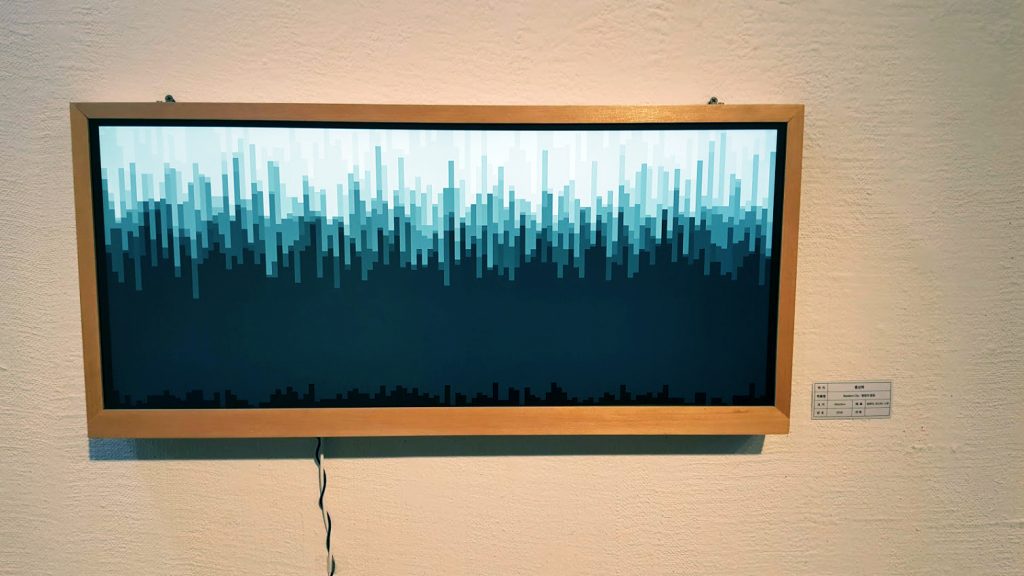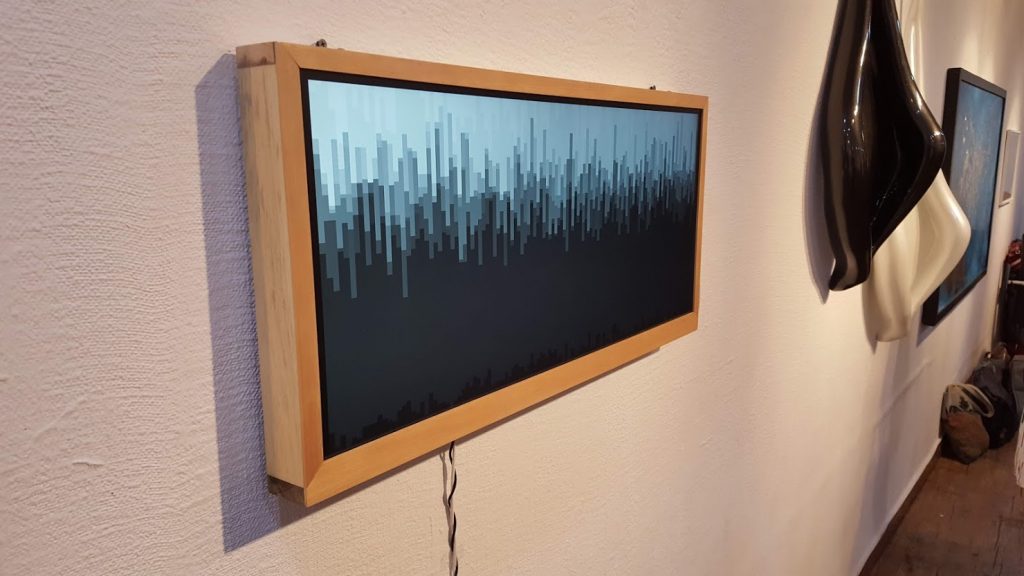
Random City visually represents the proportional distribution of randomly generated numbers. Randomness is used to determine something reasonably. Casting lots or throwing dice to decide victims or winners have been used for a long time. It has governed human success and failure in the name of luck. Especially for young people living in the present society, which is slowly shrinking after the significant expansion, luck acts like a god’s choice that their efforts cannot overcome. However, randomness is biased, which means that luck is not fair. When luck is defined as a phenomenon, luck is an irregular and unpredictable result. However, luck is just inequality when analyzed as a causal result over time. Inequality, called error, grows more profound and broader with time and generations. The old proverb, “Do all that you can do and leave it to the will of god,” but the valley of inequality is already unaffordable and cannot be flattened by the individual’s effort.
The Random City continuously generates floating points between 0 and 1, and the numbers are distributed in 120 steps. The black building on the screen goes up whenever the allocation rate increases. One hundred twenty black buildings rise to the top until one black building rises to the highest height they can increase. When the tallest building of the layer is determined, the next layer(generation) is created. However, the highest possible height on the next layer is only the second highest position of the previous layer. These layers continue accumulating, and the maximum height that can be raised in future generations gradually lowers. At the same time, inequality, an error between buildings, gradually decreases and eventually becomes equal.


